Organic farming has seen a huge increase in popularity, but there is another method of harvesting healthful plants that has been around for centuries - wildcrafting. In this article, we explore the benefits of wildcrafting to help you understand the differences, in potency and sustainability, when compared to commercial organic farming.
The Wonders of Wildcrafting
Wildcrafting involves gathering plants growing in their natural habitat. This method has been used for centuries by indigenous communities and herbalists to obtain medicinal and nutritional plants. Although growing wild, they are given some gentle support and encouragement, like helping pollinate, protecting from grazing animals, or clearing nearby invasive plants.
Wildcrafting is considered a sustainable and environmentally friendly method of harvesting since it doesn’t require chemicals or energy-intensive polluting machinery. It’s a much gentler way to interact with Mother Nature and gather some of her bounties.
The downside is that wildcrafting, without compassionate management, can lead to over-harvesting and damage natural habitats. Wildcrafters need to be exceptionally knowledgeable about the plants they are harvesting, and the impact of their actions on the entire ecosystem. Over-harvesting can deplete critical elements causing cascading effects that disturb the natural balance. But when done correctly, wildcrafting is a sustainable and environmentally friendly method of harvesting.
Wildcrafting also supports local economies and preserves traditional knowledge. Indigenous communities have been practicing wildcrafting for millennia and have a deep understanding of the plants in their local environment. Supporting wildcrafting aids sustainable and environmentally friendly economic development, often within poorer rural communities.
Natural versus Commercial Cultivation
Working with the natural ecosystem actively enhances the robustness and biodiversity of the local flora and fauna, improving the health of the ecosystem, while supporting our own wellness. By harvesting nature's offerings, we encourage plants to bloom more prolifically and for longer periods. Similar to how a haircut stimulates hair growth, pruning a bush or wildcrafting bark prompts the plant to produce more buds, blooms, and beneficial phytochemicals (flavonoids, polysaccharides, and alkaloids) that promote the plant's health and our own.
But, due to the constant changes in nature, predicting wild harvests is very difficult. This is why most companies resort to cultivation, which is more predictable in terms of volume, timing, and profits. But cultivation comes at the cost of losing potency, specifically with herbs. This is why we occasionally run out of stock of specific products, we work closely with Mother Nature, but we can’t control her, and we wouldn’t want to!
Wildcrafted plants tend to have more micronutrients than their commercially grown counterparts. Growing in their natural habitat provides wild plants with the perfect soil, and specific stressors, needed to enhance nutrition. Plants produce nutrients to help them survive in difficult conditions, so much like humans, they need to be gently nudged out of their comfort zone to make them stronger.
Wildcrafted plants are usually more expensive and harder to find than their commercially grown crops. They are foraged by hand, covering wide expanses and in pristine environments that can only be accessed on foot. Wild herbs are expertly harvested at peak ripeness, and in season, which adds to their nutrient content. The essential oils are enhanced when picked at certain times of the day, or night, depending on the specific plant. This very specific herbalist knowledge is critical to getting the maximum impact from this natural treasure trove of medicinal leaves, flowers, roots, and bark.
Bitter is Better
Wild plants possess superior potency compared to cultivated ones. As we distance ourselves from our wild plant origins, the nutritional value has decreased. Even organic vegetables have been grown using selective breeding techniques designed to achieve sweeter flavors and longer shelf life.
This means they have lost many beneficial antioxidants (that naturally reduce shelf-life) and alkaloids (which are bitter tasting) reducing their ability to enhance our health. Wild foods, on the other hand, have a more bitter taste that enhances the function of our liver and gallbladder, helping us digest and detox chemicals, and waste products, from the body.
Our digestion needs appropriate enzymes to break down food effectively, and bitter tastes ‘turn on’ this flow of digestive juices and enzymes. Bitter herbs help the digestive organs identify foods and produce enzymes that optimize our own nutritional absorption. Wild dandelion greens, for example, may taste very bitter, but they contain a sweet blessing of far more micronutrition than even the most beautifully grown organic kale.
We Prefer Wildcrafted
Wildcrafting is a sustainable and nutrient-dense method of harvesting plants, but it can be a little more expensive, but you get what you pay for in terms of the enriched nutrient content and mineral density. Growing plants in their natural habitat has benefits beyond nutrition. Wildcrafting promotes biodiversity and preserves natural habitats while supporting local economies and protecting ancient herbal knowledge.
Here at Dr. Sebi’s Cell Food, we always select wild crafted over organic. It’s often difficult to find the individual vendors or farmers that can provide us with the herbs Dr. Sebi carefully selected, but we think it’s worth it. When we receive samples from different herbal suppliers, we always choose the highest quality possible. We know that a wildcrafted herb has developed in conditions where it thrives, and we want you to thrive too. Herb quality matters, for both the environment and your health.













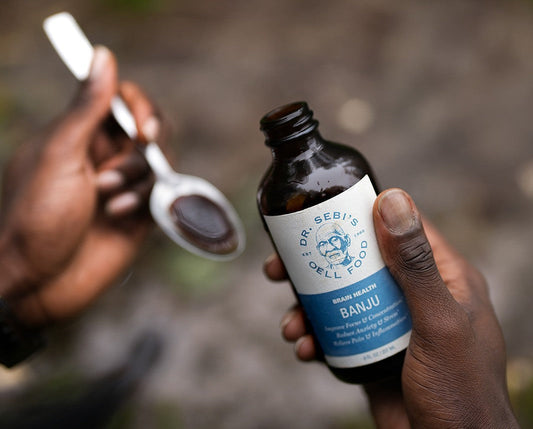


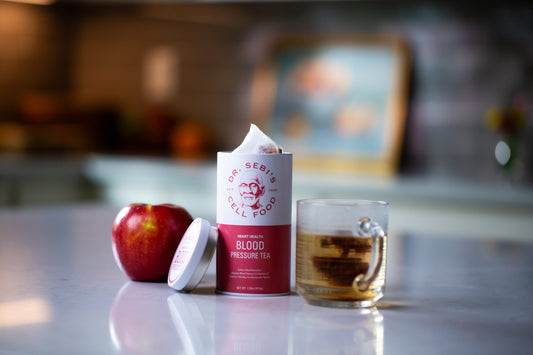
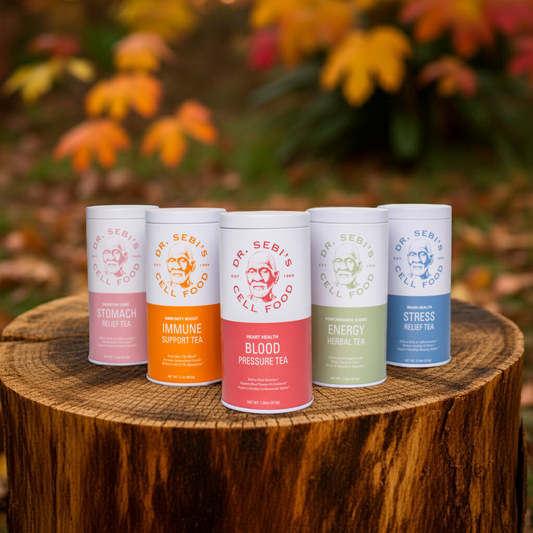
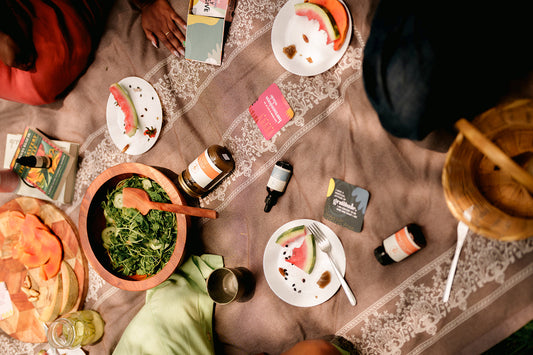
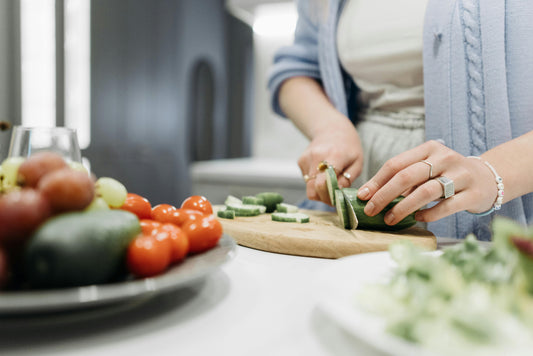

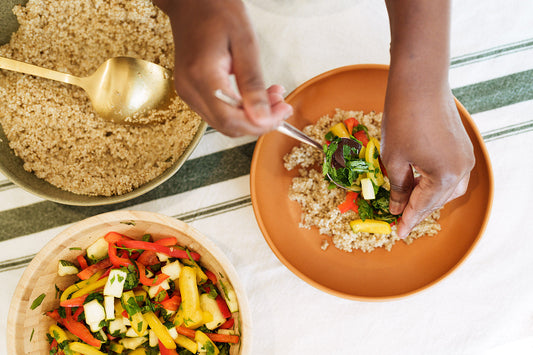



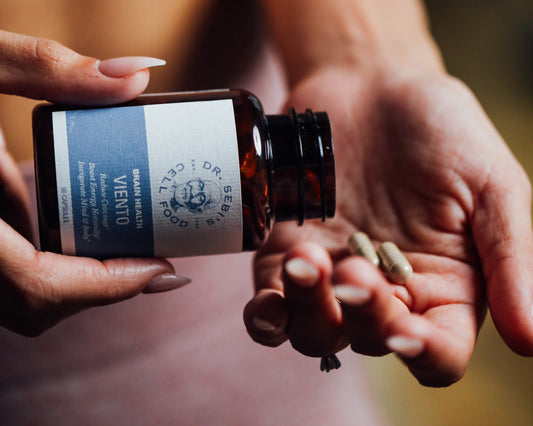
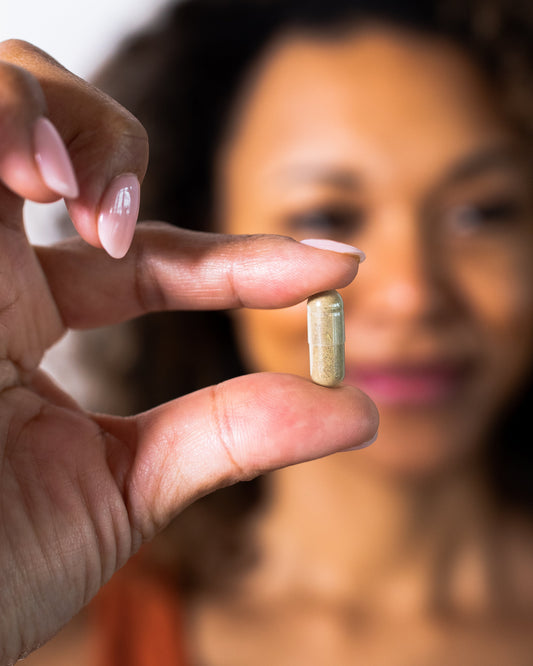

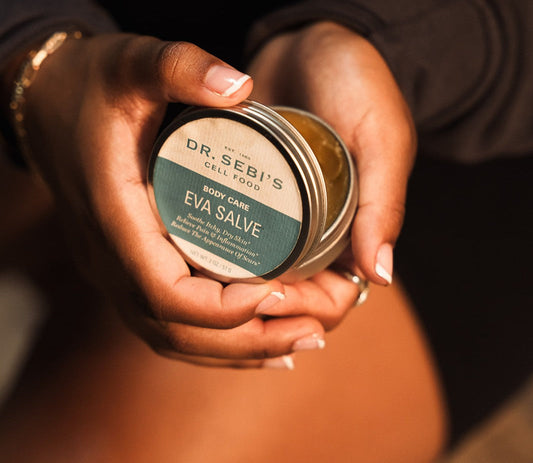
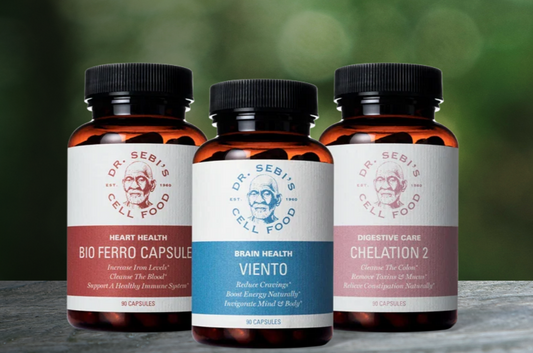
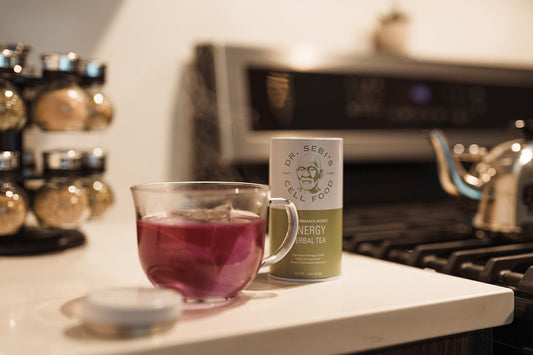
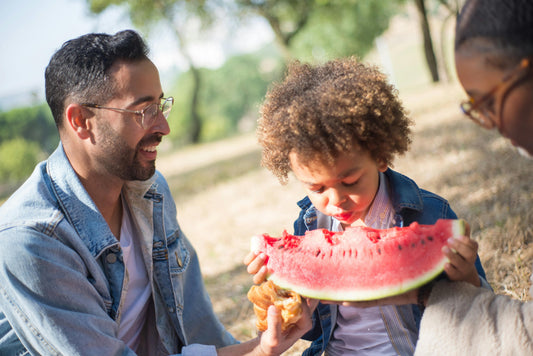
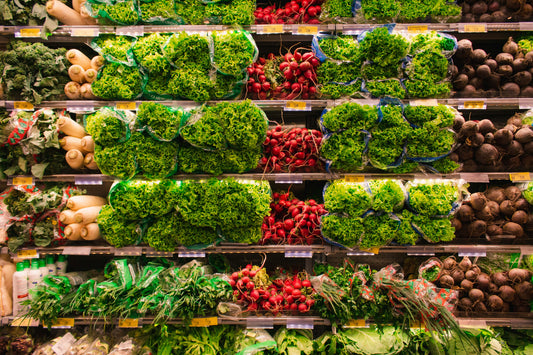
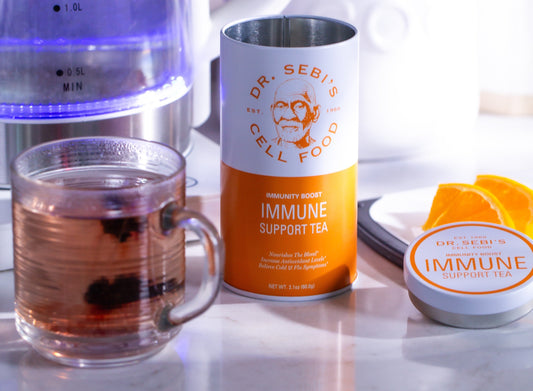

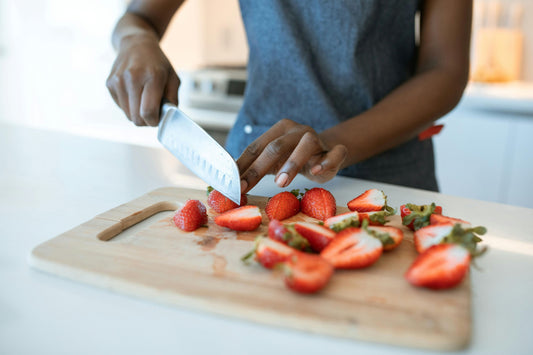

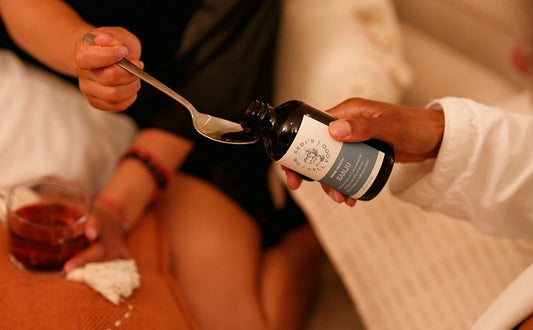
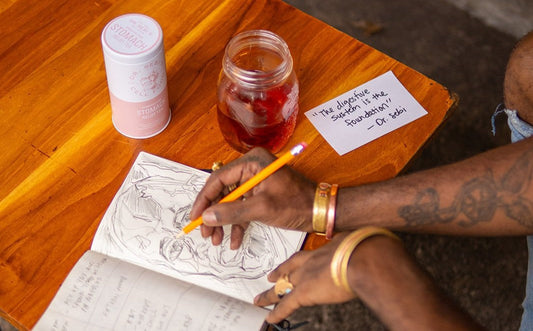

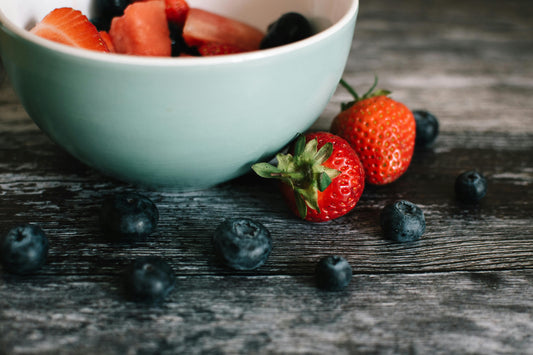
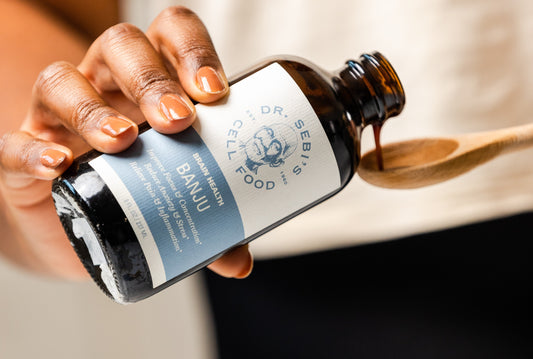
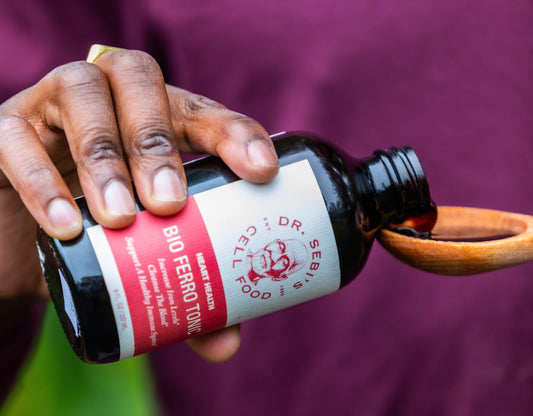

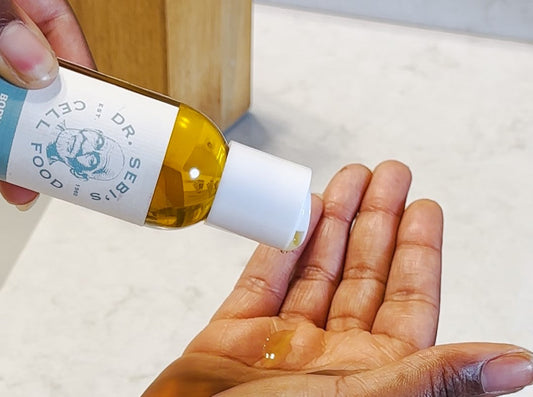



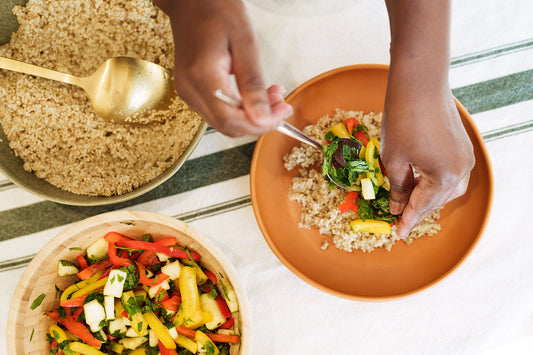
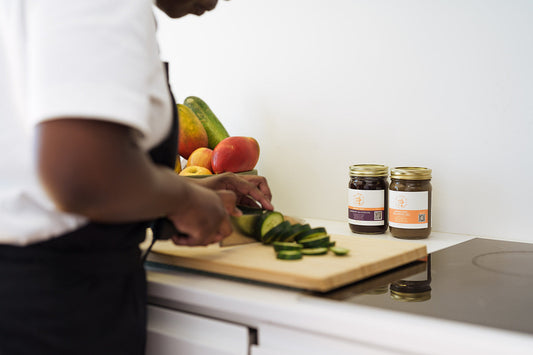
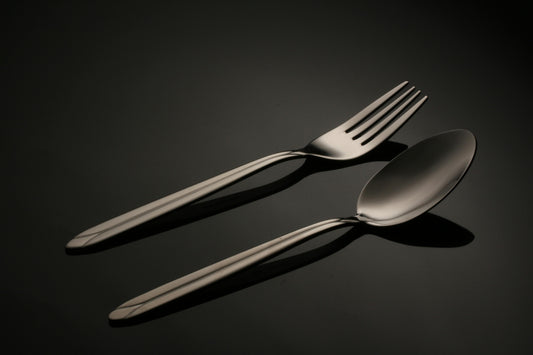
5 comments
Would like to know if you sell cmos plant, thank you.
One has 17 acre and want to learn to wild craft.
I want to learn how to wildcraft . And where to get seeds for the herbs.
Have 17 acre of land undeveloped . Want to start growing herbs.
I want to learn how to wildcraft . And where to get seeds for the herbs.
Have 17 acre of land undeveloped . Want to start growing herbs.
Which organ in the body most benefits every other one in terms of supplying nutrients and enhancing well being overall when enhanced.